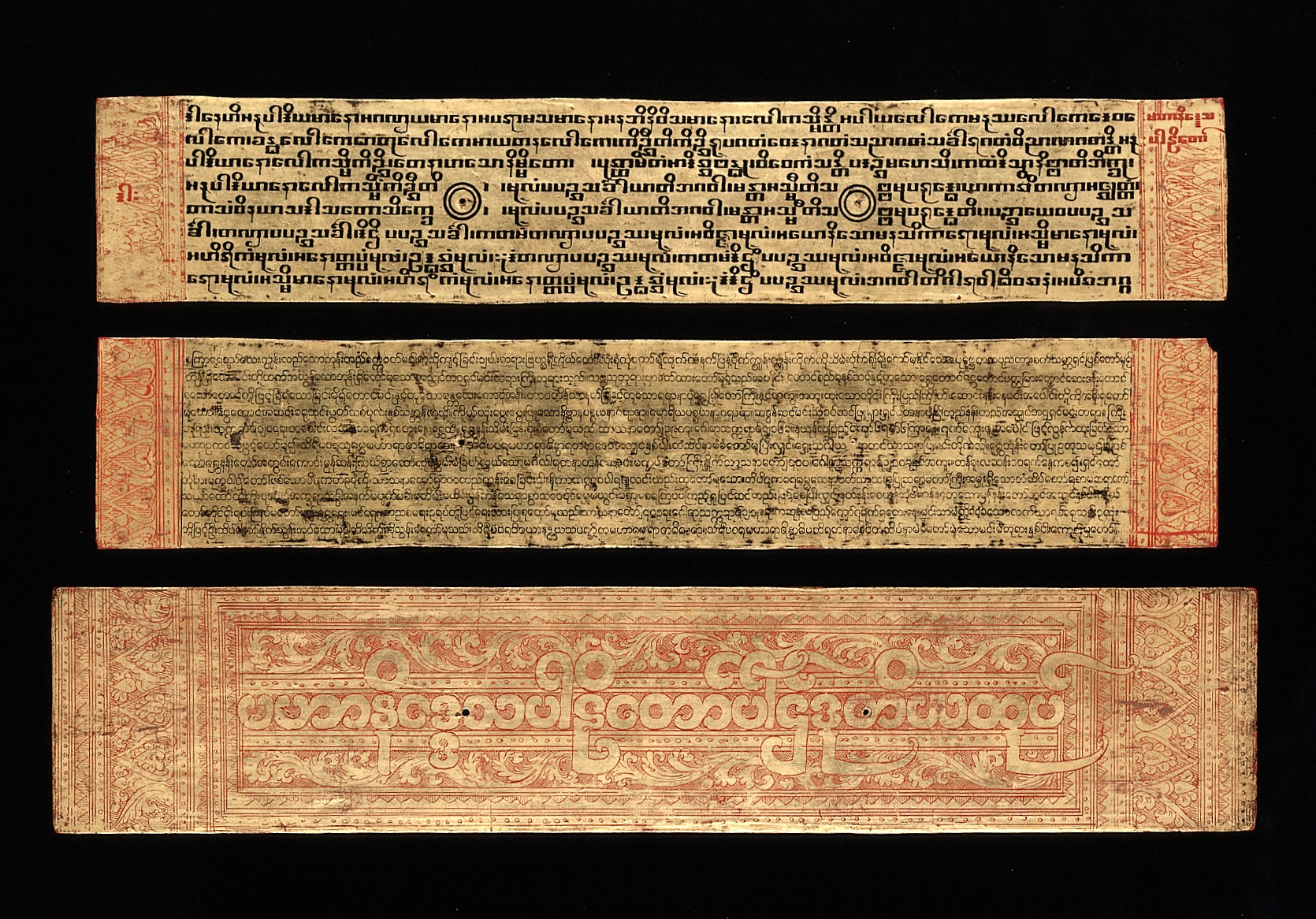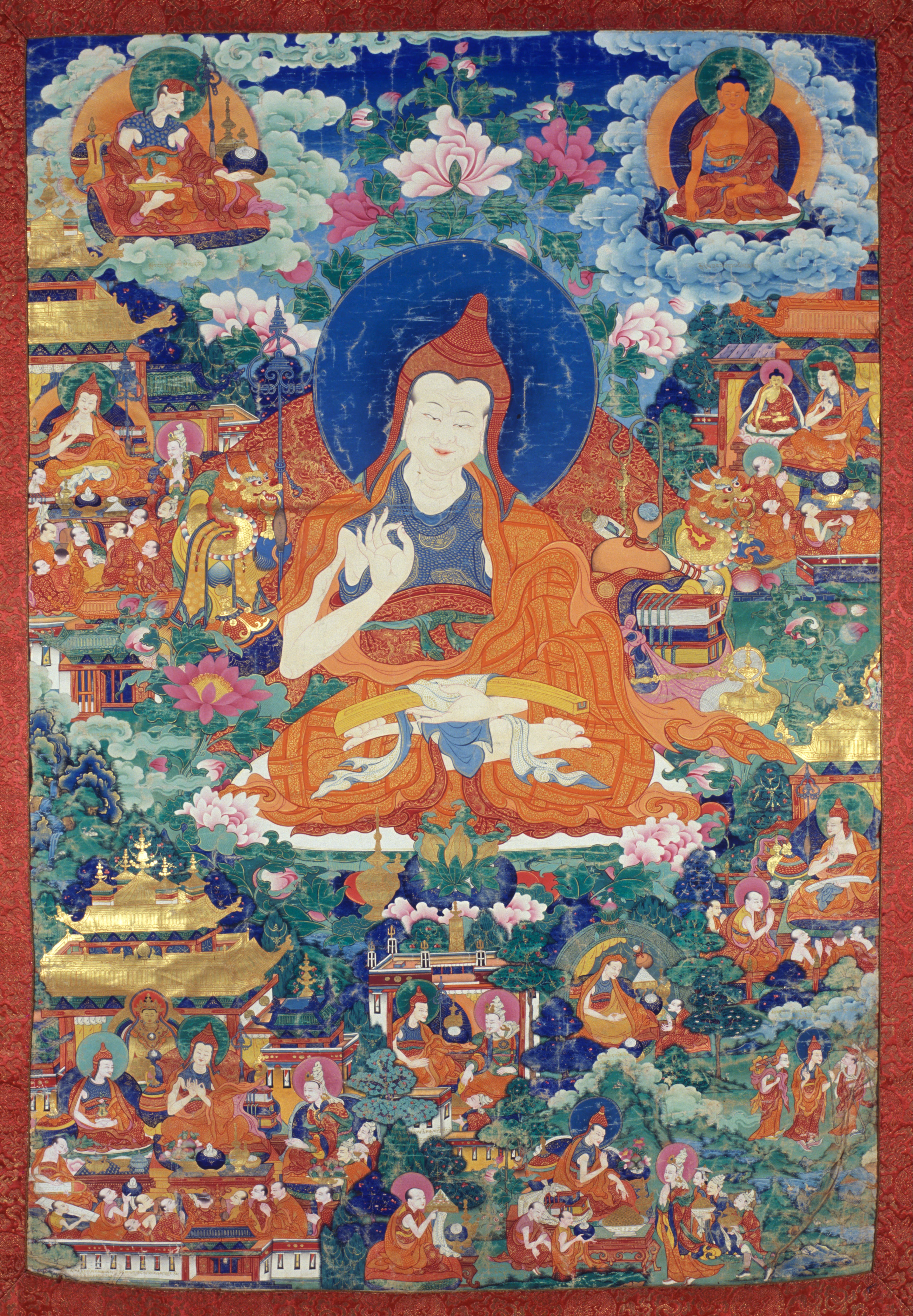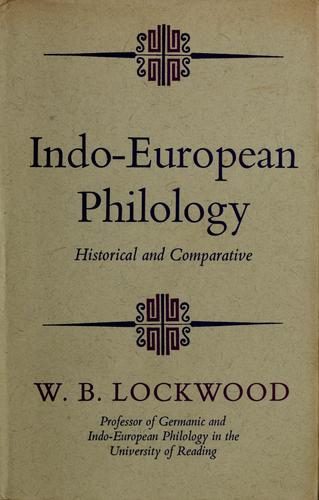|
Neither One Nor Many
Neither one nor many is a spiritual and philosophical argument that truly existing entities are not merely singular (since they always comprise multiple parts), nor are they plural (since a plural is simply an abstract grouping of already-debunked singular entities); therefore reality or existence is neither singular nor plural in its composition. The argument is employed by different philosophers and spiritual traditions for various reasons. Its formulation, permutations, and antecedents, particularly the "problem of the One and the Many" as charted by philologist Thomas McEvilley (2002: pp. 23–66), has an ancient pedigree in the lineages of both Indian philosophy (namely, Buddhist philosophy) and Greek philosophy. McEvilley (2002) also provides arguments inferring the mutual influence and mutual iteration of the ancient Indian and Greek philosophical traditions. In its Buddhist usage, the argument is one of a suite of arguments within the purview of Pramana and Indian lo ... [...More Info...] [...Related Items...] OR: [Wikipedia] [Google] [Baidu] |
Abstract And Concrete
In philosophy and the arts, a fundamental distinction exists between abstract and concrete entities. While there is no universally accepted definition, common examples illustrate the difference: numbers, sets, and ideas are typically classified as abstract objects, whereas plants, dogs, and planets are considered concrete objects. Philosophers have proposed several criteria to define this distinction: # ''Spatiotemporal existence'' – Abstract objects exist outside space-time, while concrete objects exist within space-time. # ''Causal influence'' – Concrete objects can cause and be affected by other entities (e.g., a rock breaking a window), whereas abstract objects (e.g., the number 2) lack causal powers and do not cause anything to happen in the physical world. # ''Metaphysical relation'' – In metaphysics, concrete objects are specific, individual things ( particulars), while abstract objects represent general concepts or categories ( universals). # ''Ontological domain ... [...More Info...] [...Related Items...] OR: [Wikipedia] [Google] [Baidu] |
Indian Logic
The development of Indian logic dates back to the Chandahsutra of Pingala and '' anviksiki'' of Medhatithi Gautama (c. 6th century BCE); the Sanskrit grammar rules of Pāṇini (c. 5th century BCE); the Vaisheshika school's analysis of atomism (c. 6th century BCE to 2nd century BCE); the analysis of inference by Gotama (c. 6th century BC to 2nd century CE), founder of the Nyaya school of Hindu philosophy; and the tetralemma of Nagarjuna (c. 2nd century CE). Indian logic stands as one of the three original traditions of logic, alongside the Greek and the Chinese logic. The Indian tradition continued to develop through early to modern times, in the form of the Navya-Nyāya school of logic. Origins The Nasadiya Sukta of the ''Rigveda'' ( RV 10.129) contains ontological speculation in terms of various logical divisions that were later recast formally as the four circles of '' catuskoti'': "A", "not A", "A and 'not A'", and "not A and not not A". Medhatithi Gautama (c. 6th cen ... [...More Info...] [...Related Items...] OR: [Wikipedia] [Google] [Baidu] |
Buddhist Literature
Buddhist texts are religious texts that belong to, or are associated with, Buddhism and Schools of Buddhism, its traditions. There is no single textual collection for all of Buddhism. Instead, there are three main Buddhist Canons: the Pāli Canon of the Theravada, Theravāda tradition, the Chinese Buddhist canon, Chinese Buddhist Canon used in East Asian Buddhism, East Asian Buddhist tradition, and the Tibetan Buddhist canon, Tibetan Buddhist Canon used in Tibetan Buddhism, Indo-Tibetan Buddhism. The earliest Buddhist texts were not committed to writing until some centuries after the death of Gautama Buddha. The oldest surviving Buddhist manuscripts are the Gandhāran Buddhist texts, found in Pakistan and written in Gāndhārī language, Gāndhārī, they date from the first century BCE to the third century CE. The Early Buddhist texts, first Buddhist texts were initially passed on orally by Buddhist monasticism, Buddhist monastics, but were later written down and composed ... [...More Info...] [...Related Items...] OR: [Wikipedia] [Google] [Baidu] |
Śāntarakṣita
(Sanskrit: शान्तरक्षित; , 725–788),stanford.eduŚāntarakṣita (Stanford Encyclopedia of Philosophy)/ref> whose name translates into English as "protected by the One who is at peace" was an important and influential Indian Buddhist philosopher, particularly for the Tibetan Buddhist tradition. Śāntarakṣita was a philosopher of the Madhyamaka school who studied at Nalanda monastery under Jñānagarbha, and became the founder of Samye, the first Buddhist monastery in Tibet. Śāntarakṣita defended a synthetic philosophy which combined Madhyamaka, Yogācāra and the logico-epistemology of Dharmakirti into a novel Madhyamaka philosophical system.Blumenthal (2018) This philosophical approach is known as ''Yogācāra-Mādhyamika'' or ''Yogācāra-Svatantrika-Mādhyamika'' in Tibetan Buddhism. Unlike other Madhyamaka philosophers, Śāntarakṣita accepted Yogācāra doctrines like mind-only (''cittamatra'') and self-reflective awareness (''svasamveda ... [...More Info...] [...Related Items...] OR: [Wikipedia] [Google] [Baidu] |
Pramana
''Pramana'' (; IAST: Pramāṇa) literally means " proof" and "means of knowledge".pramANa Sanskrit-English Dictionary, Koeln University, GermanyJames Lochtefeld, "Pramana" in The Illustrated Encyclopedia of Hinduism, Vol. 2: N-Z, Rosen Publishing. , pages 520-521 One of the core concepts in Indian , pramanas are one or more reliable and valid means by which human beings gain accurate, true knowledge. The focus of pramana is how correct knowledge can be acquired, how one knows, how one does not know, and to what extent knowledge pertinent about someone or something can be acquired.Karl Potter (2002), Presup ... [...More Info...] [...Related Items...] OR: [Wikipedia] [Google] [Baidu] |
Philologist
Philology () is the study of language in oral and written historical sources. It is the intersection of textual criticism, literary criticism, history, and linguistics with strong ties to etymology. Philology is also defined as the study of literary texts and oral and written records, the establishment of their authenticity and their original form, and the determination of their meaning. A person who pursues this kind of study is known as a philologist. In older usage, especially British, philology is more general, covering comparative and historical linguistics. Classical philology studies classical languages. Classical philology principally originated from the Library of Pergamum and the Library of Alexandria around the fourth century BC, continued by Greeks and Romans throughout the Roman and Byzantine Empire. It was eventually resumed by European scholars of the Renaissance, where it was soon joined by philologies of other European ( Romance, Germanic, Celtic, ... [...More Info...] [...Related Items...] OR: [Wikipedia] [Google] [Baidu] |
Buddhism
Buddhism, also known as Buddhadharma and Dharmavinaya, is an Indian religion and List of philosophies, philosophical tradition based on Pre-sectarian Buddhism, teachings attributed to the Buddha, a wandering teacher who lived in the 6th or 5th century Before the Common Era, BCE. It is the Major religious groups, world's fourth-largest religion, with about 500 million followers, known as Buddhists, who comprise four percent of the global population. It arose in the eastern Gangetic plain as a movement in the 5th century BCE, and gradually spread throughout much of Asia. Buddhism has subsequently played a major role in Asian culture and spirituality, eventually spreading to Western world, the West in the 20th century. According to tradition, the Buddha instructed his followers in a path of bhavana, development which leads to Enlightenment in Buddhism, awakening and moksha, full liberation from ''Duḥkha, dukkha'' (). He regarded this path as a Middle Way between extremes su ... [...More Info...] [...Related Items...] OR: [Wikipedia] [Google] [Baidu] |
Hellenistic Philosophy
Hellenistic philosophy is Ancient Greek philosophy corresponding to the Hellenistic period in Ancient Greece, from the death of Alexander the Great in 323 BC to the Battle of Actium in 31 BC. The dominant schools of this period were the Stoics, the Epicureans and the Academic Skepticism, Skeptics. Background The Preceding classical period in Ancient Greek philosophy had centered around Socrates (c. 470–399 BC), whose students Antisthenes, Aristippus, and Plato went on to found Cynicism (philosophy), Cynicism, Cyrenaicism, and Platonism, respectively. Plato taught Aristotle who created the Peripateticism, Peripatetic school and in turn, had tutored Alexander the Great. Socrates' thought was therefore influential for many of these schools of the period, leading them to focus on ethics and how to reach ''eudaimonia.'' Early Platonism, known as the "Old Academy" begins with Plato, followed by Speusippus (Plato's nephew), who succeeded him as the head of school (until 339 ... [...More Info...] [...Related Items...] OR: [Wikipedia] [Google] [Baidu] |




